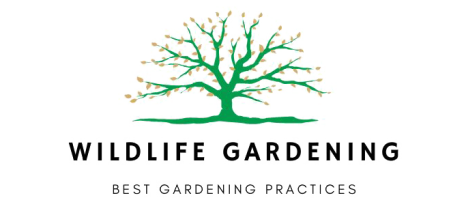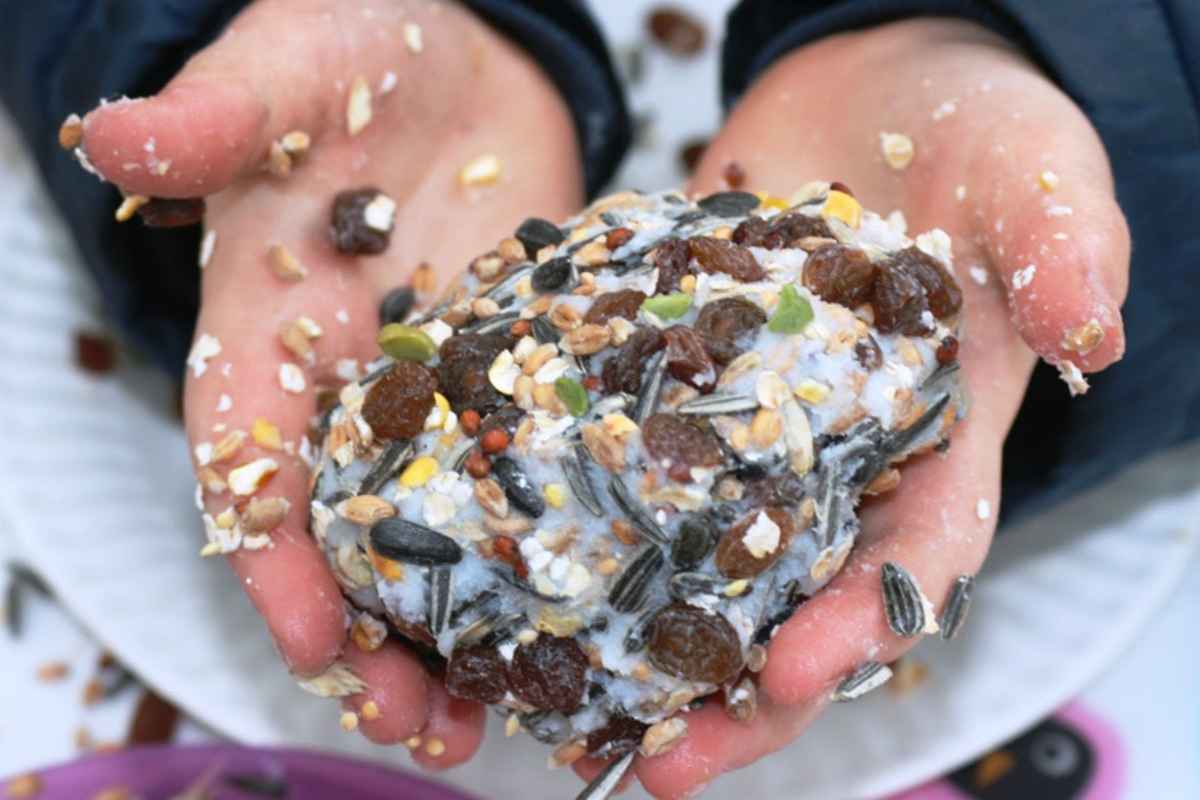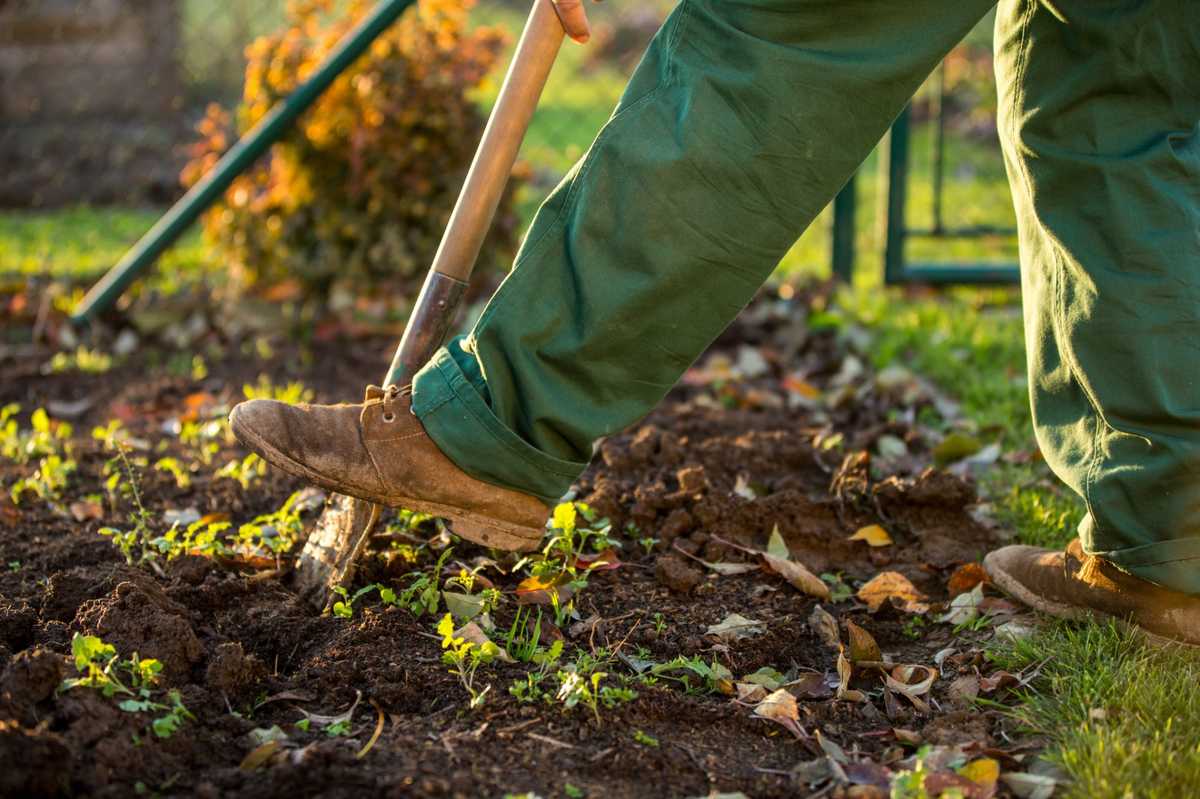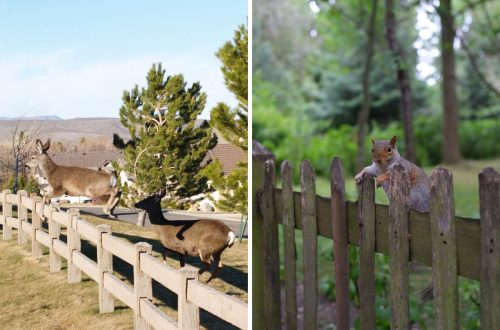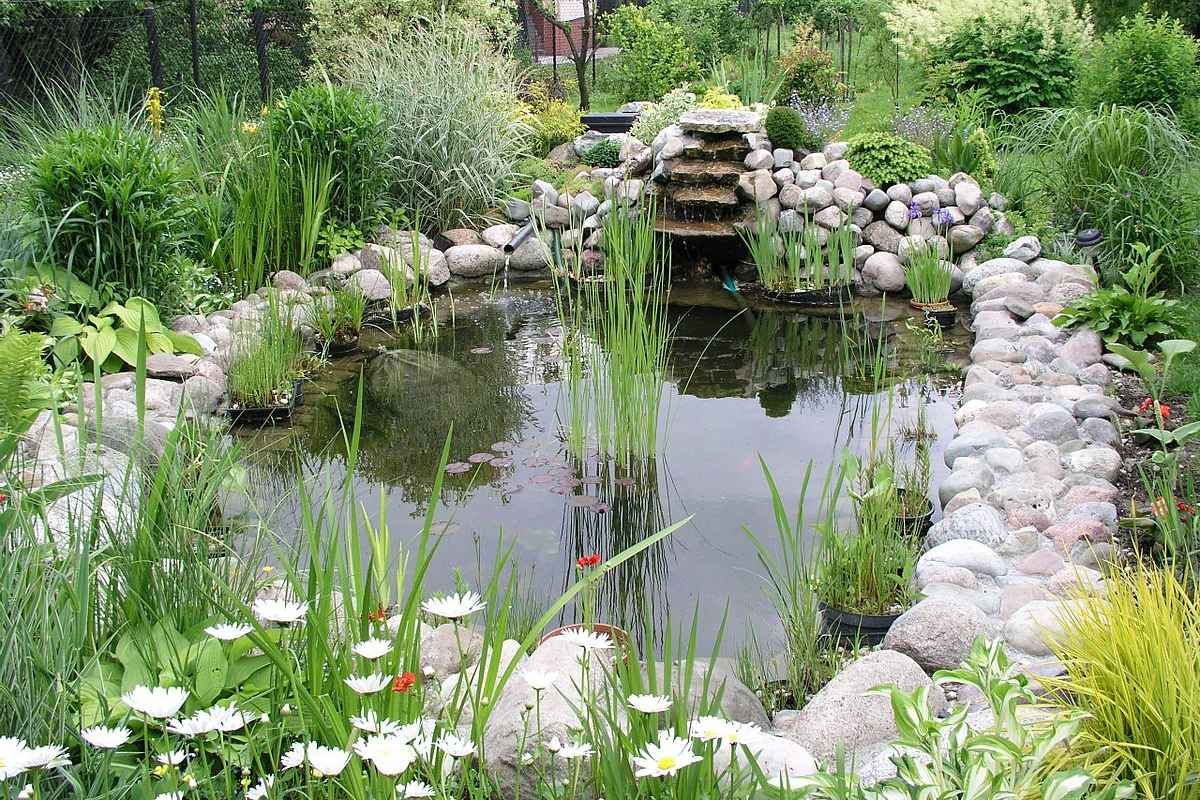Birds have a strong affinity for energy-packed fat balls as they provide them with the essential calories to endure chilly winter days and nights.
While readily available in stores, you can easily make them at home yourself. Here are the steps to do so:
Step-by-Step Guide
- For the ideal fat ball mixture, use a ratio of one part fat to two parts dry ingredients. Combine all your dry components in a bowl.
- In a pan, melt some lard or suet, then add the dry mix. Stir thoroughly until the fat has completely blended with the dry mixture, creating a cohesive mixture.
- Prepare a yogurt pot by making a hole at the bottom and threading a length of twine or string through it. Fill the pot with the warm fat mixture to shape fat balls.
- Allow your fat balls to set by placing them in the refrigerator overnight. Afterward, cut through the pot and gently remove it. Secure the ball by tying a large knot at one end of the twine.
- Hang the fat ball in a tree or shrub, eagerly anticipating the arrival of birds ready to indulge in the feast.
Fat balls are particularly favored by birds such as great tits, blue tits, long-tailed tits, blackbirds, robins, nuthatches, woodpeckers, and blackcaps.
When making fat balls, don’t use turkey fat, as it lacks the solidifying properties of suet and lard. Turkey fat can coat birds’ feathers, hindering their ability to fly, and it can also contribute to disease transmission.
Additionally, if you have a dog, steer clear of using raisins and sultanas, which are toxic to them. Keep in mind that mealworms are harmful to hedgehogs, so only incorporate them if you’re hanging fat balls during winter when hedgehogs are in hibernation.
